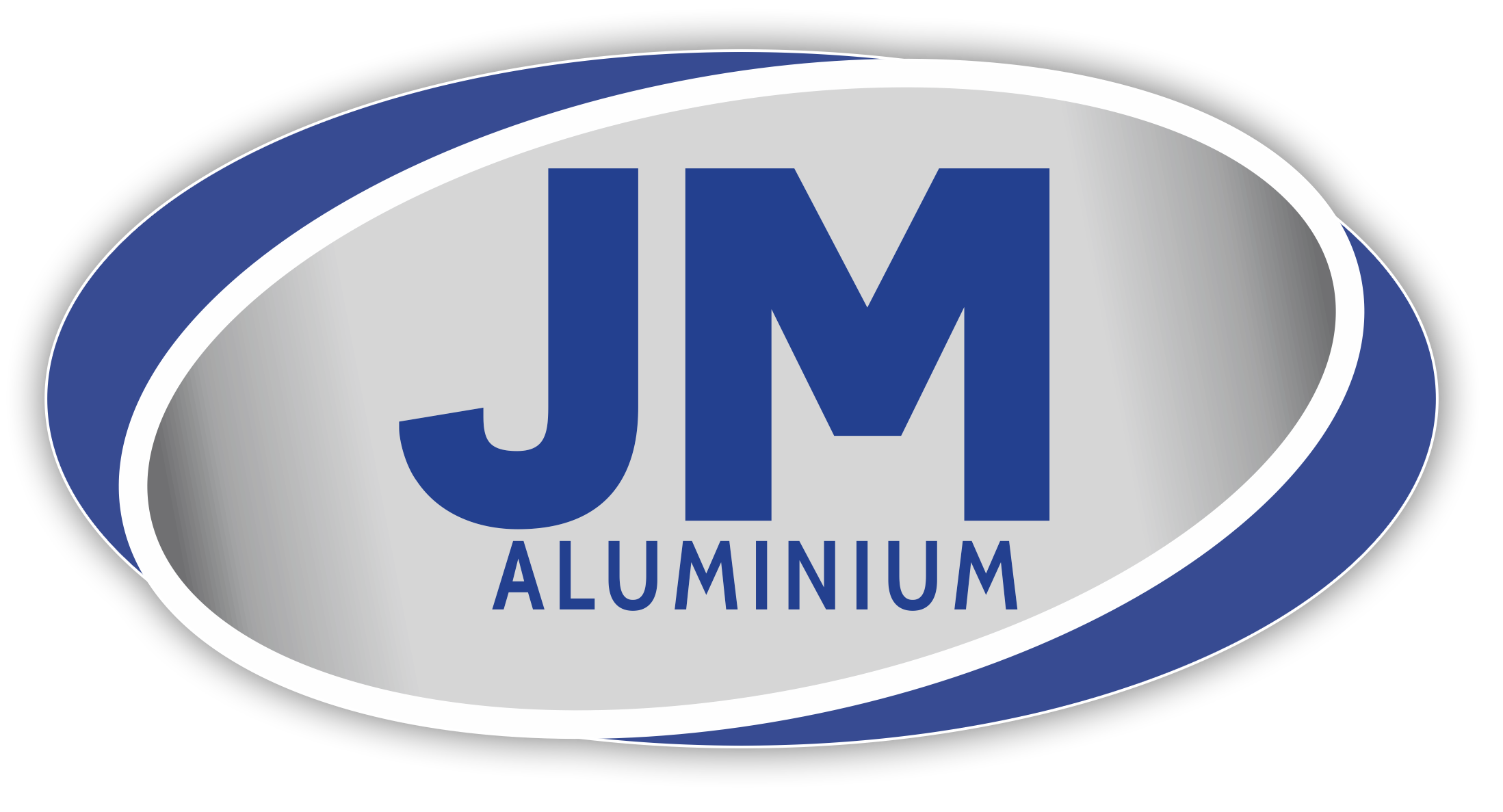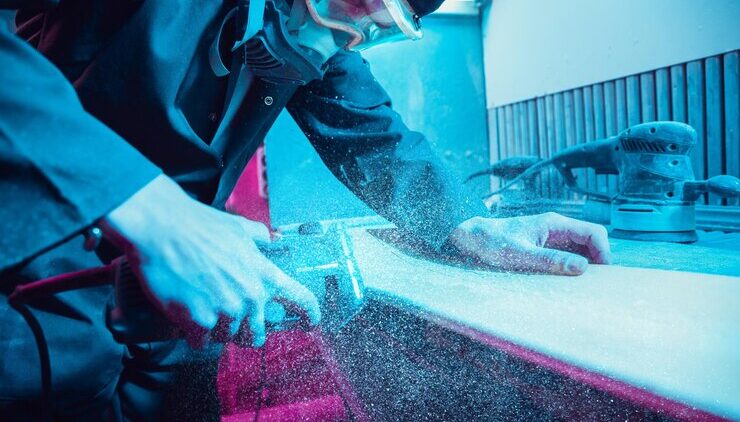Revolutionising Low-Temperature Engineering: The Versatility of Cryogenic Aluminium Sections
Cryogenic aluminium sections are known today as critical materials for use in extremely low-temperature conditions. These aluminium profiles have been designed to withstand cryogenic conditions without losing structural integrity and performance, which is why they find their applications in aerospace, medical technology, and energy sectors. The properties of Cryogenic Aluminium Sections properties guarantee dependability and safety in the most extreme conditions.
Why Aluminium for Cryogenic Applications
It has an excellent strength-to-weight ratio, corrosion resistance, and thermal conductivity, thus making it a versatile material. What makes it especially good for cryogenic applications is the improvement in mechanical properties at low temperatures. This makes it different from most other materials, which become brittle when put at extremely cold temperatures while maintaining their ductility and strength.
They are designed so that they will efficiently function at these operating conditions. Their resistance to thermal contraction and structural deformation capabilities establish them aptly for industries where such materials have to be used at temperatures below -150°C.
Major advantages of cryogenic aluminium sections include:
Strength at Low Temperatures: Aluminium gets strengthened and becomes brittle but rather tougher than other metals, which will break.
Corrosion resistance: Aluminium naturally has an oxide layer that protects it from oxidation. The material is applied in conditions like liquefied natural gas storage and cryogenic piping.
Low density: This will reduce the structure weights in general. This is important in the aerospace and transportation fields.
Thermal Conductivity: Aluminium has a high thermal conductivity, which assists in managing heat transfer efficiently, which is critical in cryogenic systems.
Applications of Cryogenic Aluminium Sections
Aerospace Industry: Lightweight, high-performance materials that can bear extreme temperatures are critical in aerospace. Cryogenic aluminium sections are used in fuel tanks and structural components or even in insulation systems to help make spacecraft and aircraft safe and efficient because they can endure thermal stresses.
Energy: Cryogenic aluminium sections are extensively used by the energy sector in the storage and transport of liquefied gases, including LNG and liquid hydrogen. This material is applied in the pipelines, valves, and storage tanks that handle volatile substances for safety and efficiency purposes.
Medical and Laboratory Equipment: Some biological samples, medical gases, and laboratory experiments have depended on the thermal and mechanical properties of aluminium for their cryogenic storage solutions. Aluminium sections are used for cryogenic containers, freezers, and research apparatus to maintain low, stable temperatures.
Car and transport: This is due to the automobile industry’s shift towards sustainable energy solutions, primarily towards hydrogen-fuelled vehicles. In the case of cryogenic fuel tanks and delivery systems, aluminium sections are required to store hydrogen to ensure a safe and efficient storage process.
How a cryogenic aluminium section is prepared
Cryogenic aluminium section manufacturing will require precise processes to be conducted under extreme conditions. The main steps include:
Alloy Selection: Here, the 5083 and 6061 aluminium alloys, among others, are selected based on their respective mechanical properties and compatibility in cryogenic environments among others.
Extrusion: Aluminium is extruded into the desired shape of the profiles. This is how the finished products will have equal strength throughout.
Surface treatment: Surface treatments, which include anodizing, protect the material against corrosion and wear. That is an important step since it will increase the life span of sections.
Testing and Quality Assurance: All the industry specifications are to be followed with regard to strength, durability, and performance testing on cryogenic aluminium sections.
Developments on Cryogenic Heat Exchanger with Aluminium Sections
Cryogenic heat exchangers are used in various applications, mainly in very low-temperature operating systems, such as LNG plants, hydrogen production, and cryogenic cooling systems. Because of its excellent thermal and mechanical properties, aluminium sections have become the material of choice for these heat exchangers.
Why Aluminium for Cryogenic Heat Exchangers
Due to high thermal conductivity, the system is very efficient at transferring heat and is applied in situations where temperature gradients need to be held precisely. Additionally, it reduces the weight of the heat exchanger, which further makes the system more efficient and easier to install. Furthermore, compared with many metals, aluminium retains its ductility and strength at cryogenic temperatures and so provides long-term reliability at such conditions.
Design and Applications
Aluminium cryogenic heat exchangers are generally tailor-made to meet particular industrial applications. For example, the plate-fin configurations make use of aluminium sections to ensure maximum heat transfer rates within tight structures. Such heat exchangers find a myriad of applications in various industries:
Energy: The process of liquefaction and regasification of natural gases
Aerospace: Balancing thermal loads in cryogenic fuel systems
Medical Technology: Cryogenic cooling to support MRI machines and biological storage systems.
With the advancement in manufacturing techniques and alloy development, the role of aluminium in cryogenic heat exchangers is going to expand, which will drive innovation in low-temperature technologies.
Anodization of Aluminium for Cryogenic Applications
One of the most significant processes to improve the performance of aluminium sections is anodizing. This creates a protective oxide layer on the surface, improving corrosion resistance, durability, and thermal management. Anodized aluminium sections offer additional benefits in cryogenic applications: – Increased Hardiness: The anodizing processes ensure increased hardness. Thus, the components are capable of withstanding high-stress environments.
Anodized aluminium is an environmentally friendly option since the process does not cause harmful by-products. Instead, it increases the life span of aluminium products and thus reduces the need for often replacements and waste. Because it is sustainable, anodized aluminium sections are a choice that attracts companies that prioritize initiatives for the environment.
Uses of Anodized Aluminium Profiles
Architectural designs are applied to window frames and doors due to aesthetic values and durability.
Auto Industry: It is used in trim and structural parts to increase performance and durability.
Electronics: It protects and gives electronic appliances, like laptops, smartphones, etc., a glossy finish.
Aerospace: High-performance property is provided in critical applications in aircraft interiors and structural components.
Conclusion
Advanced low-temperature technologies critically depend on cryogenic aluminium sections. Some applications include enhanced strength, resistance to corrosion, and lightweight features in aerospace and energy industries. Meanwhile, the surface treatments, such as anodized aluminium sections, have maximized the said material by providing toughness and efficiency while enhancing sustainability. High-performance anodized aluminium will be increasingly required; otherwise, it will remain in itself in extreme conditions as the hub of engineering solutions.




